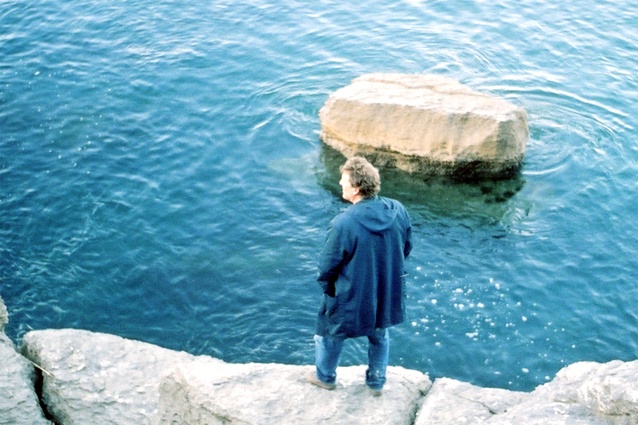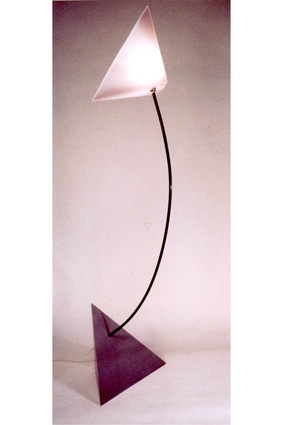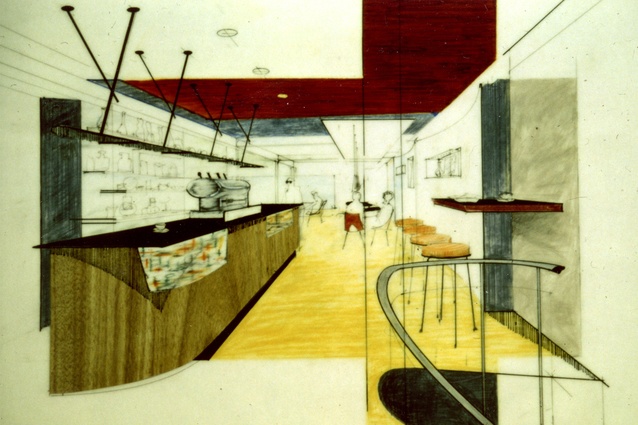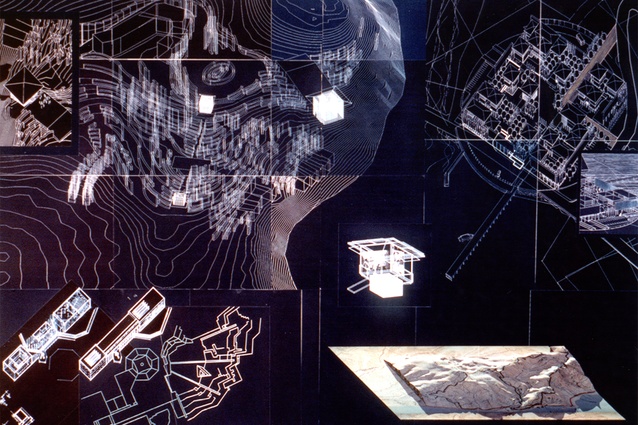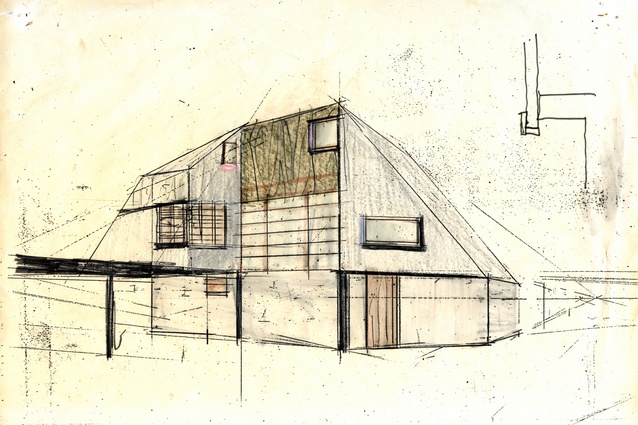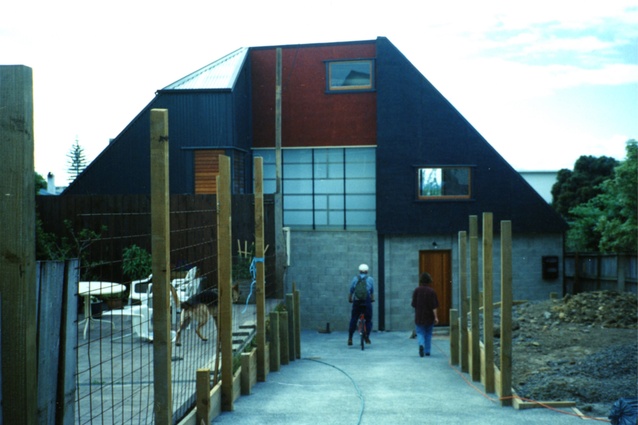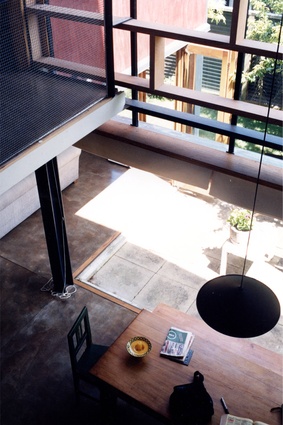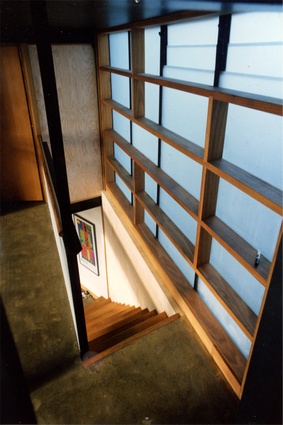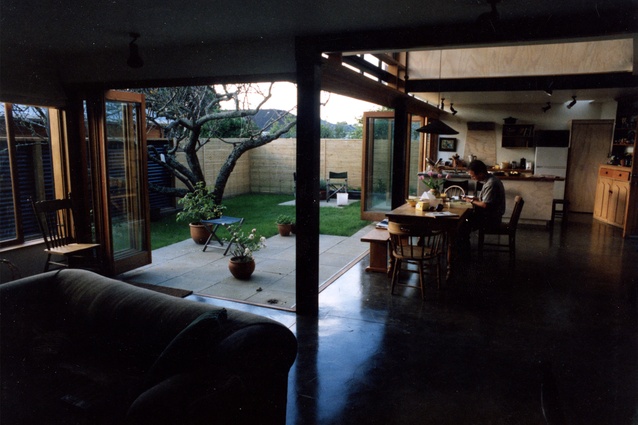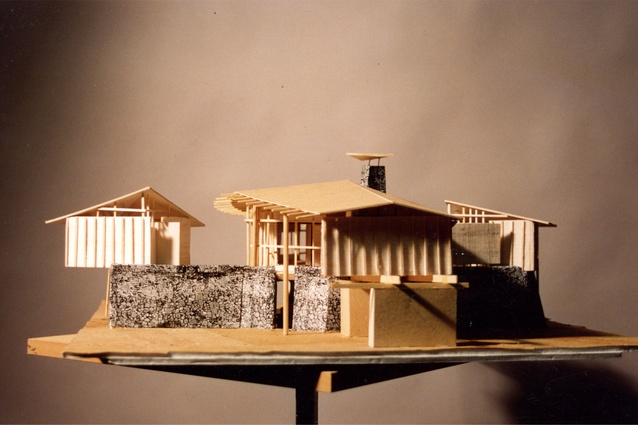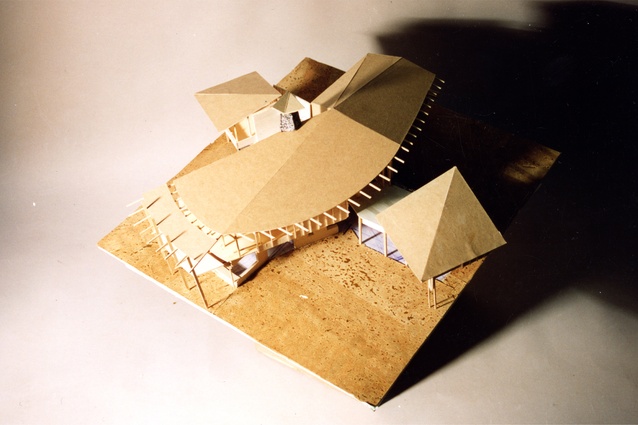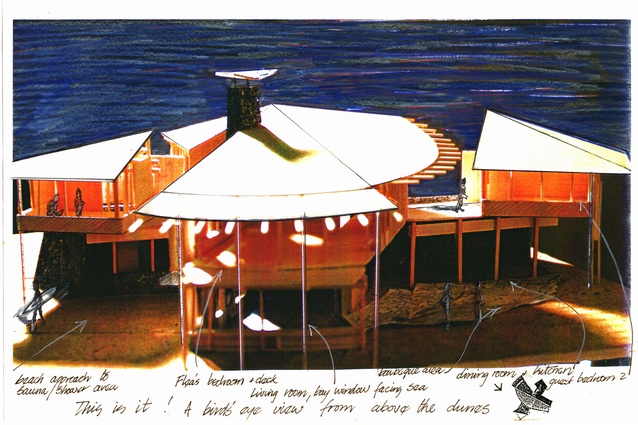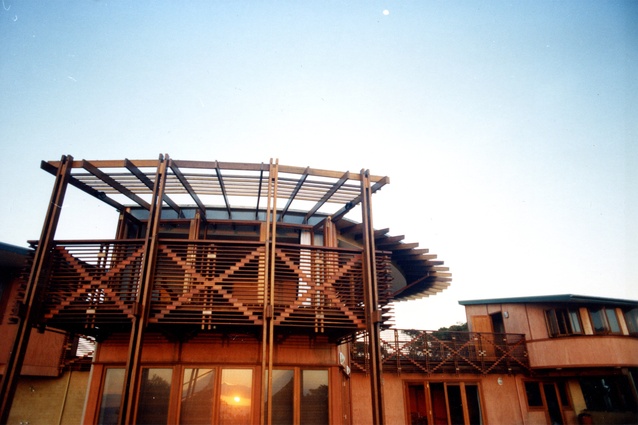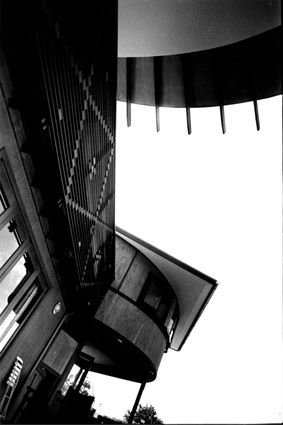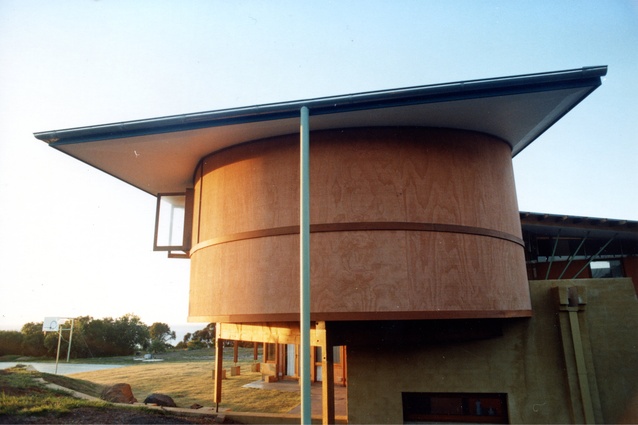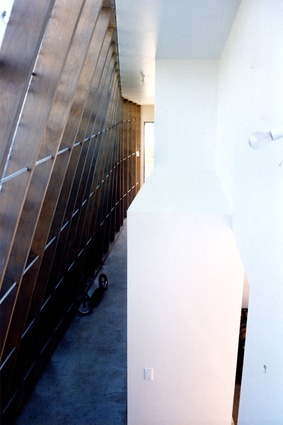Vale: John Haydn, Archangel
John Haydn arrived late on the architectural scene and, although only in practice for a decade, left an indelible mark. Long-time friend and former colleague in the Archangels Architects Collective, Justin Marler of Pearson and Associates writes.
Growing up on Auckland’s North Shore in the 1950s, he was surrounded by his parents’ creative circle of artists, writers, musicians and architects. His mother Molly Macalister was a sculptor and his father George Haydn co-founded the construction firm Haydn & Rollett.
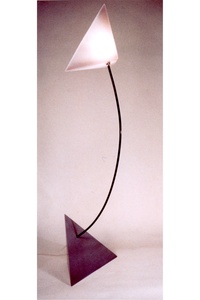
After graduating from Elam School of Fine Arts in the 1970s, John established a small lighting design and manufacturing business, operating from a home studio in Grey Lynn.
By 1986, his thoughts were turning to architecture. When Briar Green, a future colleague, met him that year at his studio, she remembers him declaring that ‘architects are the best designers’. He entered the University of Auckland School of Architecture two years later.
In 1992, John received a commission, with Chris Adams, to redesign the Auckland Art Gallery café. The project was timed to coincide with ‘The 50’s Show’, an exhibition of 1950s’ New Zealand art and design curated by Alexa Johnston, and featured spun, anodised aluminium lights, with faux-rock benches on the terrace.
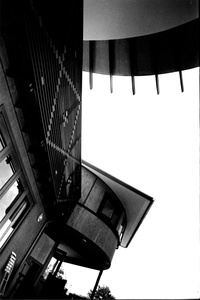
Shortly afterwards, friends Jane Waldegrave and Nigel Mark-Brown asked John to design their house in Westmere. He completed the drawings in 1993, also teaching drawing and design at the School of Architecture. The following year, with construction of the house underway, he teamed up with friend and fellow-architect Malcolm Cheadle to design a new house, for Red Hot Chilli Peppers bassist Flea, dubbed the ‘Cuttlefish’ house.
That year, he moved his practice to Archangels Architects Collective in Richmond Road, Ponsonby, joining Stanish and Green, Chris Fox and Rick Pearson. He revamped the office and engineered an architectural tour of Los Angeles with Nick Stanish, Rick and David Mitchell. Nick’s Californian architecture lecture notes provided the inspiration and the itinerary. The trip indulged John’s love of post-war Americana – cars, music and design – and found architectural expression in the Lautnerian dynamism of the Cuttlefish house.
Although he idealised the free-wheeling expansiveness of Lautner, John’s architectural philosophy was more aligned with the socialist-leaning, modestly scaled output of the Group, et al. His design process was grounded in art practice and assemblage, with a formal approach reminiscent of Kazuo Shinohara and other Japanese architects in the 1980s. Like Shinohara’s 1981 ‘House Under High-tension Power Lines’, the outline of the Mark-Brown/Waldegrave house literally traces the planning envelope.
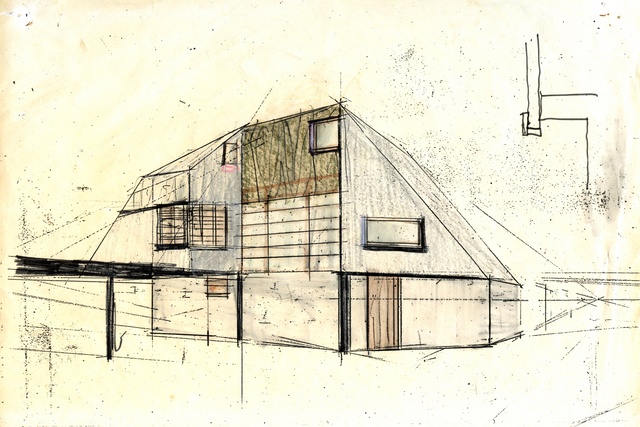
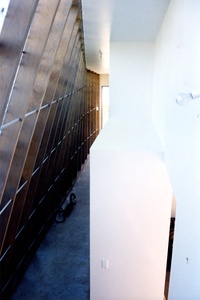
In 1995, Alison Jones commissioned John to design her house in Westmere. The form is a long wedge, hugging the eastern boundary. Entering from the southern corner, a ramped hallway floor sweeps down to the north, following the contour, while the roof tilts up. The translucent eastern wall, clad with fibreglass, gently curves in plan and twists inwards as it grows in height, to meet the straight edge of the roof, conjuring poetry from strict adherence to the daylight recession plane.
Blunt, formal expression belies interiors that are intricate, sensitively planned, spatially acute, and finely attuned to their inhabitants. The compact form of the Mark-Brown/Waldegrave house enfolds a generosity of space that defies its tiny footprint, unfurling a delightful sun-filled L-shaped living area around a courtyard garden and spiralling upwards through a double-height glazed void to an attic bedroom. At the Jones’ house, following that sweeping vista from the entry, the spatial experience becomes progressively granular, traversing a series of intertwined and intimate spaces that open north and west into the garden.
Many of the fine-grained interior elements – joinery, cabinetry and furniture – in John’s work resulted from his close collaboration with good friend Paul Cox, whose mathematical mind and Shaker sensibility played a huge part in the design and realisation of the projects.
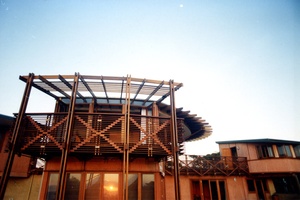
With the Cuttlefish house under construction, the Jones house on the board, and a few alterations in progress, John embarked on a joint venture, with a realtor and the parish priest at St Joseph’s, to develop a block of four apartments on a corner site in Grey Lynn. Roberta Johnson, a recent architectural graduate, joined the practice, to assist with the project. At this zenith of commitment and stress, John purchased a gold 1959 Buick, realising a lifelong obsession and occasioning many site visits and other jaunts.
There were several competition entries. In 1998, a team from the office, with Judy Cockeram, won a place in the Gallipoli Peace Park competition. John travelled to Turkey to accept the prize. A week later, he burst into office and, with a dramatic flourish, lobbed a wad of US dollars onto the meeting table. He had smuggled the prize money through customs in his coat pockets.
By the end of the ’90s, with another pair of houses completed, John departed Archangels for a year in Rome and London. After returning to New Zealand in the early 2000s, he took on a role as exhibitions manager at Auckland Museum. After two years there, John returned briefly to practice at Archangels, and his broader involvement in architecture continued through teaching, as a visiting critic at the University of Auckland and Auckland University of Technology (AUT), and as a commentator and provocateur.
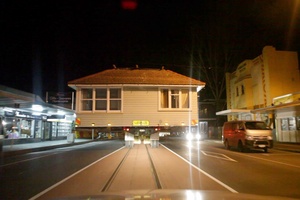
In 2012, he joined community action against state housing redevelopment in Glen Innes and began documenting the protests, removals and relocation of some houses to a Papakāinga housing development in Northland. He subsequently returned to study, gaining a Master of Visual Arts in photography at Unitec. The Glen Innes project formed the basis of his graduate exhibition. In this, as in everything he did, he was passionately committed.
That the two houses discussed here are still lived in, and loved, by their original owners is a testament to John’s skill as an architect and his attentiveness to the things that matter. He was courageous and never shied away from the uncomfortable and difficult path to architecture. If architects are the best designers, the best architecture, he believed, should never be easy.
Jane Waldegrave credits John with inspiring her to become an architect. He inspired us all, as a colleague, a combatant, a teacher, a friend.

